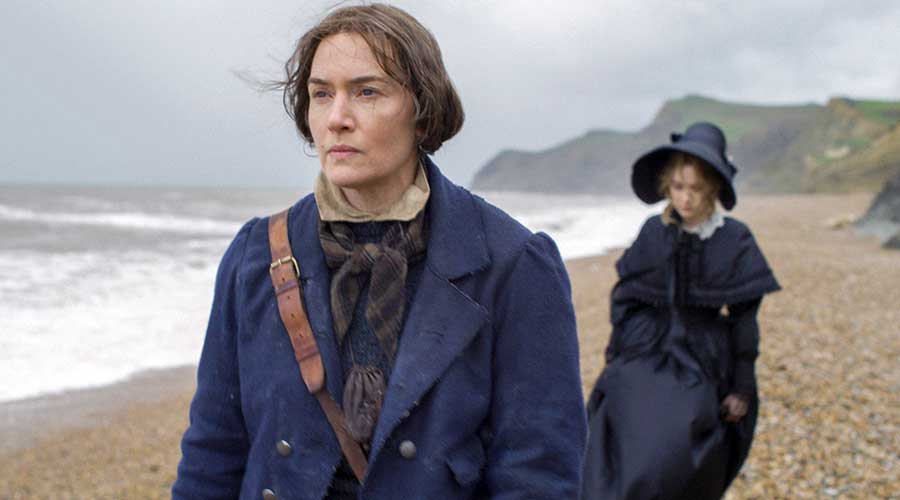What’s to watch on Netflix?
- 20 Apr - 26 Apr, 2024

British writer-director Francis Lee returns with Ammonite, an exquisite female companion piece whose transfixing quietness never conceals the roiling undercurrents of feeling beneath its surface. This is the work of a mature filmmaker in full command of his voice, yielding remarkable performances, chief among them a complex character study of stoicism and desire from Kate Winslet that might be the best work of her career. With no diminishment of the indelible sense of place that defined his first film, Lee trades the rugged farmlands of his native Yorkshire for the equally forbidding rocky beaches of Lyme Regis on England's South West coast in the 1840s. He takes as his jumping off point a historical figure about who relatively little is known, Mary Anning (Winslet), a working class paleontologist whose achievements were obscured by the well-heeled boys' club of science at that time. Under a wintry sky that seems almost a permanent shade of gray, Mary combs the windswept shores at the foot of her Dorset village for fossils and shells to sell in the shop front of a modest family home she shares with her elderly widowed mother Molly (Gemma Jones, wonderful). She inherited her sharp eye for interesting rock formations from her father, making her most notable find at age 11, with a magnificent fossil. Mary's callused hands and the dirt beneath her fingernails suggest her dedication to her field. Molly's persistent cough seems the direct result of a drafty, unheated house with few comforts. It's later revealed that Mary was one of 10 children, eight of whom died, and there's tragic poignancy in her depressive mother's Glass Menagerie-like fixation on her "babies," a shelf of china dog figurines that she lovingly washes and polishes every night. Both Winslet and Ronan are fully vested in their characters, neither of them holding anything back in the depiction of their characters. The swell of deep feeling in the film is enhanced by sparing use of a somber string and piano score by Dustin O'Halloran and Volker Bertelmann and by special attention to the elemental sounds of wind and waves and occasional birdsong. But the most powerful tool in this lovingly told story is the unimpeachably naturalistic ensemble work of a cast that simply couldn't be bettered.
COMMENTS